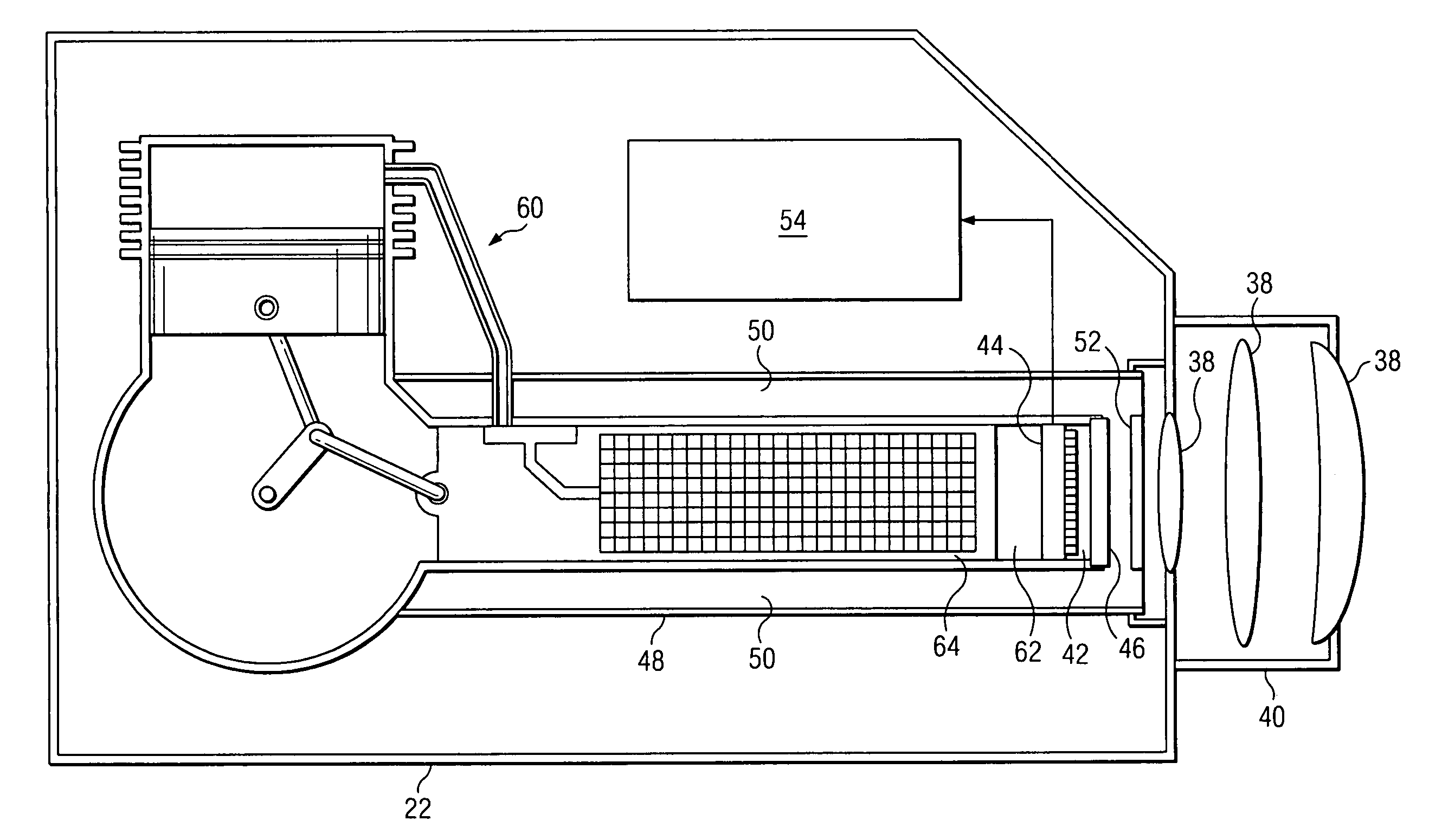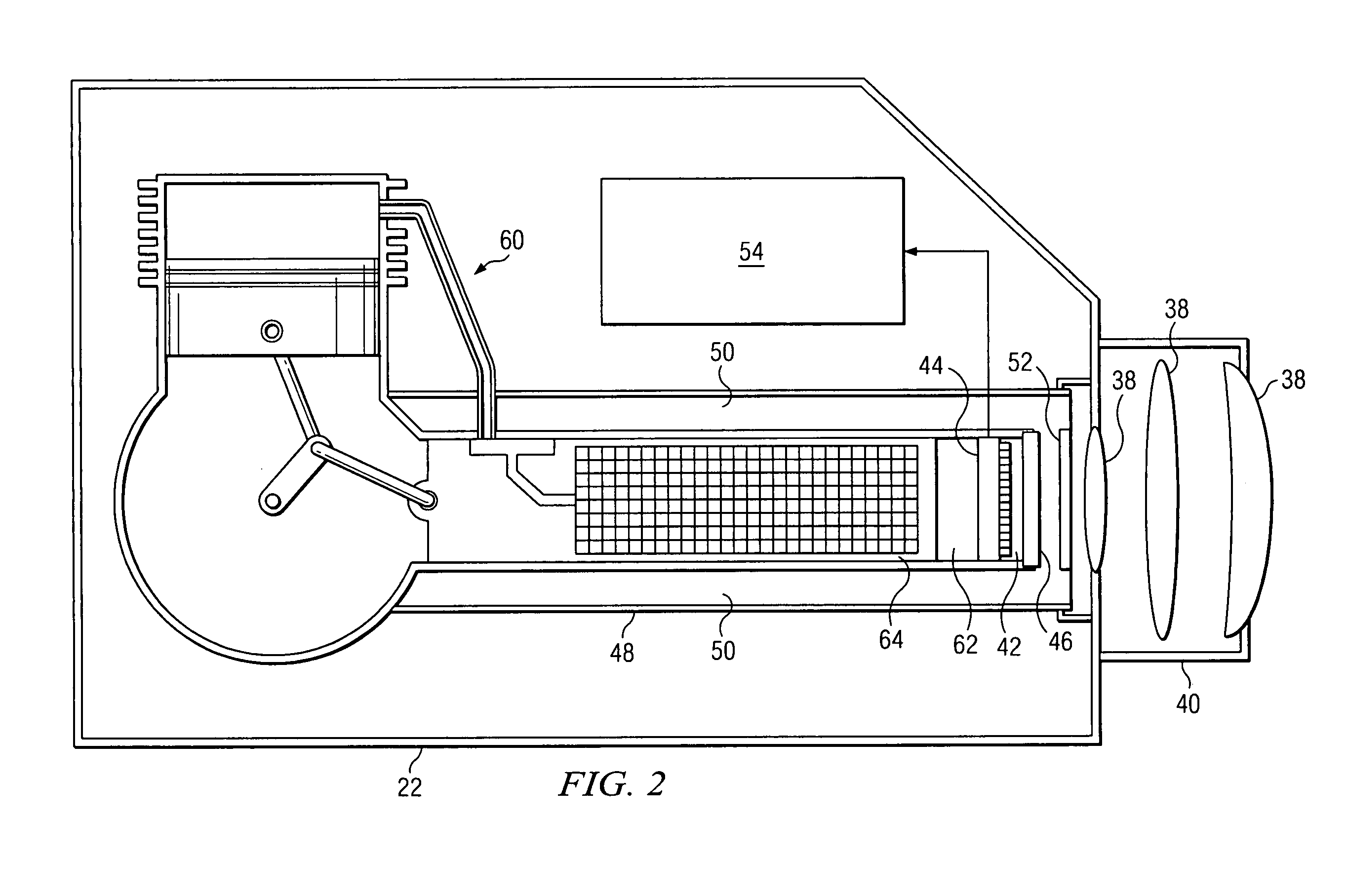Methods for performing inspections and detecting chemical leaks using an infrared camera system
a camera system and infrared technology, applied in the field of visual detection and identifying chemical, gas and petroleum product leaks using an infrared camera system, can solve the problems of not being able to detect, and unable to find leaks using conventional methods
- Summary
- Abstract
- Description
- Claims
- Application Information
AI Technical Summary
Problems solved by technology
Method used
Image
Examples
Embodiment Construction
[0039] Referring now to the drawings, wherein like reference numbers are used herein to designate like or similar elements throughout the various views, illustrative embodiments of the present invention are shown and described. The figures are not necessarily drawn to scale, and in some instances the drawings have been exaggerated and / or simplified in places for illustrative purposes only. One of ordinary skill in the art will appreciate the many possible applications and variations of the present invention based on the following illustrative embodiments of the present invention.
[0040]FIG. 1 shows a chemical leak inspection system 20 in accordance with a first embodiment of the present invention. The chemical leak inspection system 20 of the first embodiment includes a passive infrared camera system 22. The passive infrared camera system 22 of the first embodiment is adapted to provide a visible image representing a filtered infrared image of a chemical emanating (e.g., leaking) fr...
PUM
| Property | Measurement | Unit |
|---|---|---|
| temperature | aaaaa | aaaaa |
| transmittance | aaaaa | aaaaa |
| center wavelength | aaaaa | aaaaa |
Abstract
Description
Claims
Application Information
 Login to View More
Login to View More - R&D
- Intellectual Property
- Life Sciences
- Materials
- Tech Scout
- Unparalleled Data Quality
- Higher Quality Content
- 60% Fewer Hallucinations
Browse by: Latest US Patents, China's latest patents, Technical Efficacy Thesaurus, Application Domain, Technology Topic, Popular Technical Reports.
© 2025 PatSnap. All rights reserved.Legal|Privacy policy|Modern Slavery Act Transparency Statement|Sitemap|About US| Contact US: help@patsnap.com



